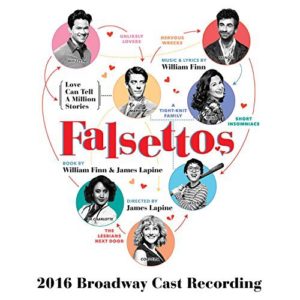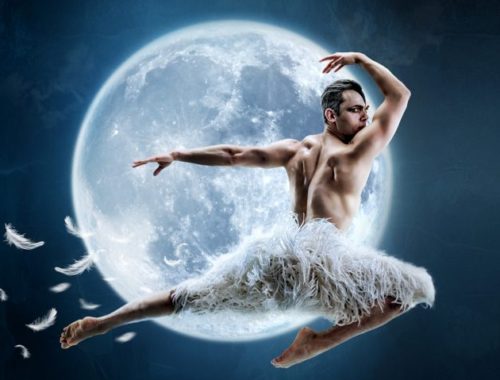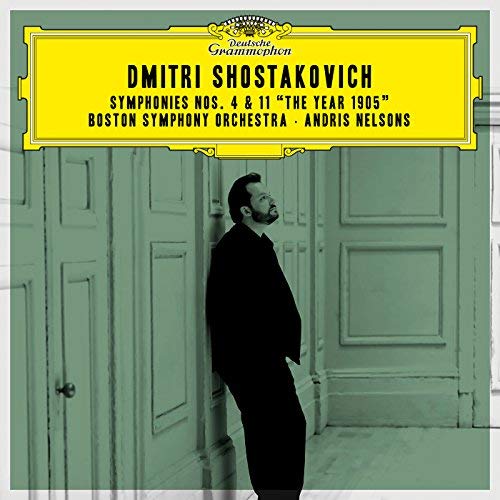TUESDAY 18TH MAY 2010 PUCCINI “TOSCA”
English National Opera
It comes as no surprise at all that Catherine Malfitano, a once notable Tosca herself, has fashioned a staging of the opera which frees the singers in ways she herself would have welcomed. She even seeks to free the opera from some of the Callas-associated clichés which have clung on to it for decades: the quasi-religious rituals after the death of Scarpia; and even the sacrificial leap itself. It’s just that she hasn’t freed us from the “operatic” clichés. This Tosca is rather as one might imagine Cavaradossi’s painting to be: obstinately old school. The drama – or should that read melodrama – is played out in such a way as to signal and underline every emotion and thought-process. Even where it’s seeking to break new ground it reads like a silent movie – only with sound.
All of which is made odder by the fact that Frank Philipp Schlössmann’s set designs attempt a bolder mix of naturalism and impressionism. Cavaradossi’s painting is fractured in the manner of cubism; so, too, the high-altar of the church which is suggested in a similarly distorted back-cloth receding grandiosely beyond the immediate drama. In act one it is clear that Malfitano wants to suggest the passion of young love but beyond a rather obvious physicality she is hampered by the archly delivered English of Edmund Tracey’s creaky translation. She has virile young voices at her disposal – Julian Gavin and Amanda Echalaz both pumping on all cylinders – and at least the ardour of Puccini’s music is lustily invoked with Edward Gardner ripely and excitingly coaxing his orchestra to swoon and thunder without inhibition. Gardner has such instinctive feeling for everything he touches – there isn’t a tempo or a phrasing here that does not land with absolute conviction. He is ENO’s no longer secret weapon.
So what of Amanda Echalaz, our Tosca, a singer who’s really started to make waves in the last couple of years? Well, you can hear why: the vocal colour – dusky and plangent – makes this a real Tosca voice, and there’s no question that she is brave and exciting in extremis. Her jealousy, her fiery temperament, are easily encompassed by her singing; she is heartfelt and honest on stage. But – and it’s a big but – there needs to be much more light and shade. Her romantic reverie in act one should float lightly, tantalizingly, on the breath – but it’s clear there’s a problem when she’s asked to sing high and soft. And it is for these reasons that her most private and special moment – the act two aria which Malfitano stages very insightfully as a “stolen” frozen moment, not a diva’s timely “turn” – is less than secure vocally.
Her Cavaradossi, Julian Gavin, has a beefy, unstinting delivery, too, but he phrases and shades with laudable generosity and sensitivity, not perhaps as subtle and finessed as he strives to be but telling nonetheless. And Anthony Michaels-Moore’s Scarpia – whose black-caped entourage swoop down on the church choristers in act one like malevolent birds of prey (nice touch) and thereafter remain a sinister presence – does exactly what it says on the tin: he is obsequiously, sadistically, loathsomely mellifluous.
After slaying him Tosca walks proudly, hopefully, not through the nearest exit but towards a vision of the heavenly firmament. She and Cavaradossi are briefly free beneath Schlössmann’s striking “vault of heaven” in the last act and at the close she is very much the high priestess of opera. A little less opera and a little more music drama, though, would have been welcome.
You May Also Like

GRAMOPHONE Review: Falsettos – 2016 Broadway Cast Recording/Finn
24/04/2018
GRAMOPHONE: From Where I Sit – May 2019
22/05/2019